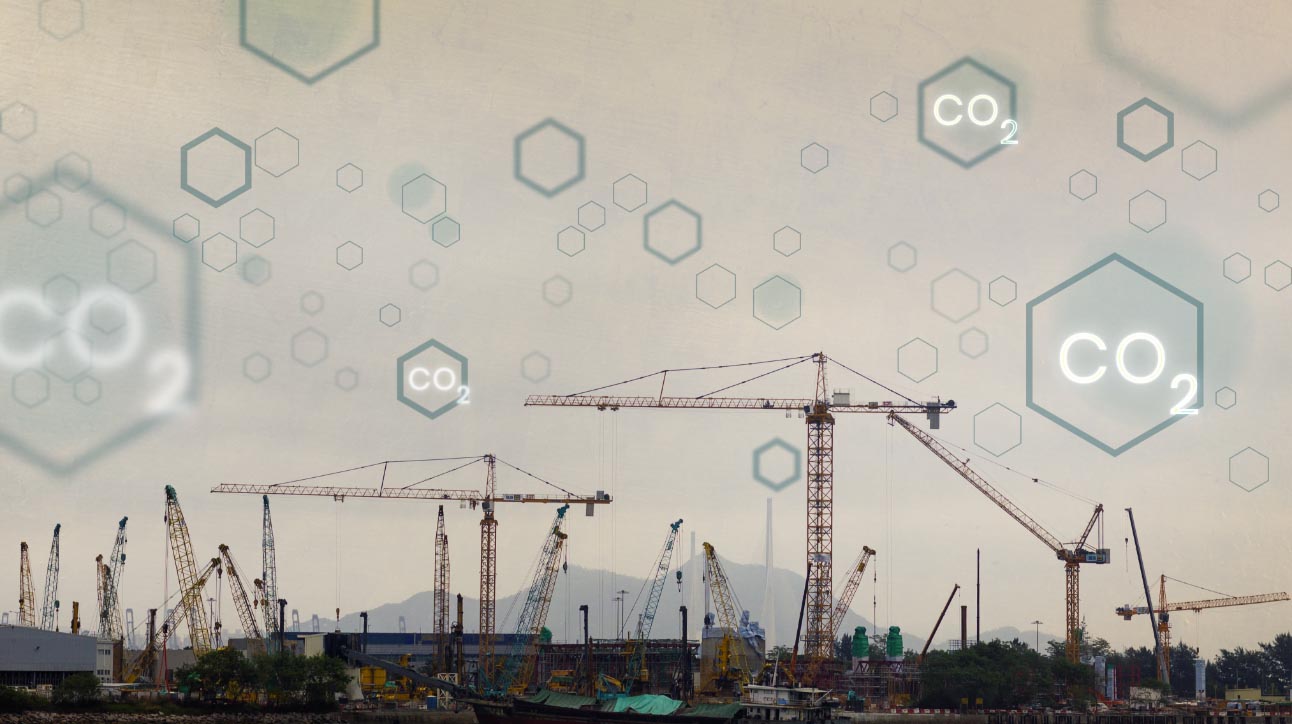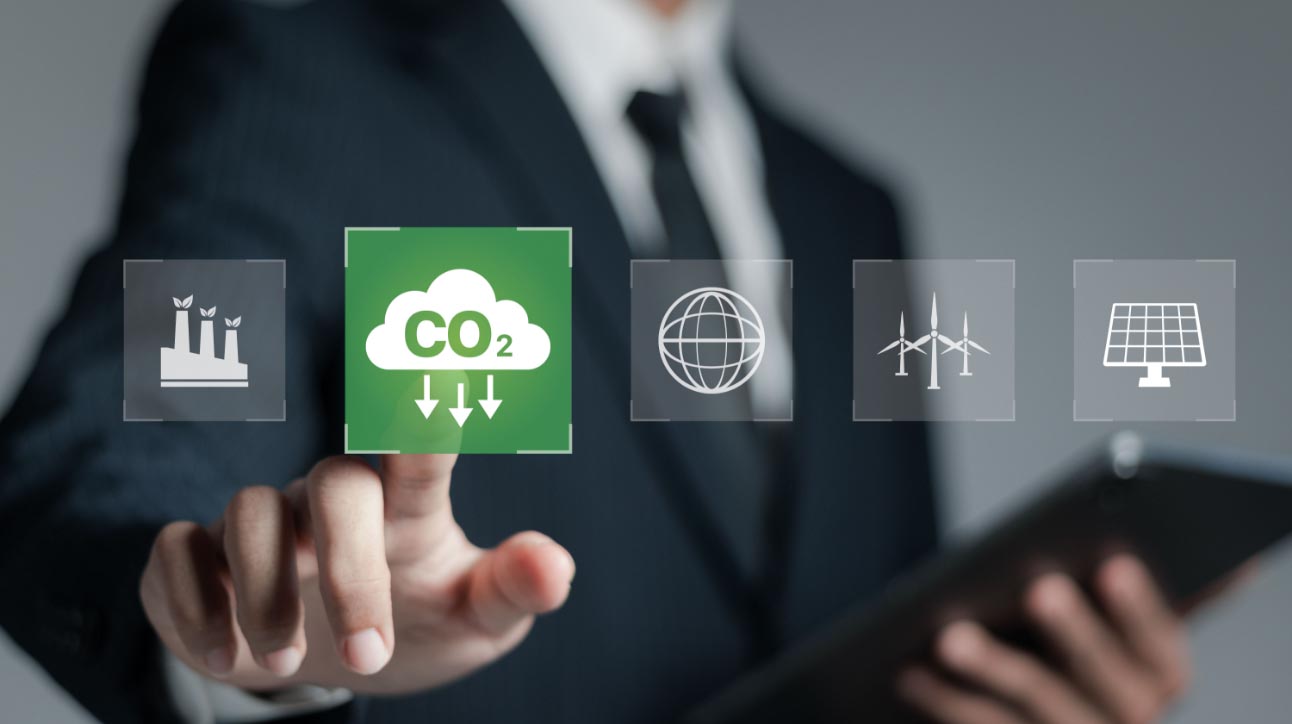Businesses today face a new kind of risk, one shaped by rising emissions that trigger a domino effect across everything we do. From tightening global regulations to shifting investor demands, climate change is now a business issue as much as an environmental one. It is ceaselessly disrupting the planet’s resources, communities, operations, and supply chains.
We’re standing at a tipping point, where safeguarding our planet means pushing emissions down to zero. And that raises a bigger question: how can we get there as soon as we can while stabilising the business financially, operationally, and competitively?
What does net zero emissions mean?
Net zero emissions refer to a state where the amount of greenhouse gases (GHGs) released into the atmosphere is balanced by the amount of GHGs removed. This means that for every tonne of carbon dioxide or other emissions produced, an equivalent amount has to be absorbed or captured to avoid further contributing to global warming.
But because some emissions are hard to eliminate, especially in sectors like aviation and heavy industry, we turn to carbon removal methods, which remove or extract carbon dioxide from the atmosphere and store it somewhere else permanently. These include nature-based solutions like reforestation or advanced carbon capture technologies to offset the remaining emissions.
Achieving net zero is a critical milestone in the fight against global warming, aligning with the Paris Agreement, which limits global temperature rise to 1.5°C above pre-industrial levels.
Why are net zero emissions important?
Without net zero, we risk pushing the global temperature beyond 1.5°C. As of 2024, the global average temperature has risen by 1.3-1.4°C from pre-industrial levels. The last decade, from 2015 to 2024, was recorded as the warmest decade, putting the world on track to exceed the Paris Agreement’s target if no immediate action is taken. The damage is also becoming more visible, with floods, fires, and more intense storms affecting communities, as well as operations and investments of companies.
By aiming for net zero emissions, we can stabilise the climate, avoid these extreme outcomes, build stakeholder confidence, and essentially fulfil international climate commitments.
What are the benefits of reaching net zero?

Getting to net zero has several benefits, both for the environment and society. Here’s how it can positively affect how businesses grow, manage risk, and stay competitive:
Climate stability
Net zero is our best shot at limiting global warming to 1.5°C, which will avoid the worst climate impacts like deadly heat waves and flooding. Think of it as the safety net that keeps the climate from spiralling out of control.
Cleaner air and healthier people
Cutting carbon emissions also removes dangerous pollutants like nitrogen oxides and fine particles that damage our health and are produced by manufacturing, operating, and transportation systems. This cleaner air could save millions of lives, ease the pressure and cost on healthcare systems, and protect vulnerable groups from growing health threats linked to climate stress, heat, and diseases.
Economic transformation and sustainable investments
Renewable energy is becoming in demand and is often cheaper to operate than fossil fuels, making the transition to energy-efficient systems not just cleaner, but also more cost-effective. As nations and companies commit to net zero, the money flows into clean technologies and sustainable practices. The reallocation of $275 trillion in global investment by 2050 toward low-emission sectors like clean technology will create millions of new jobs while encouraging innovative solutions such as green tech and sustainable infrastructure that also reduce climate-related economic risks.
Is it possible to achieve net zero emissions?
Achieving net-zero emissions is possible, but it will require widespread transformation across all sectors of society. Most technologies that can help to reach net zero already exist, especially in renewable energy like wind and solar power, energy efficiency, and carbon removal techniques.
However, the challenge lies in scaling these solutions and ensuring they are integrated into every part of the global economy. According to the International Energy Agency (IEA), transitioning to net zero globally would involve fully decarbonising electricity production, reducing emissions from transportation, and enhancing energy efficiency. If action is taken quickly, experts believe that net zero emissions can be achieved by mid-century, with substantial progress needed over the next few decades.
Are global net zero targets on track?
While some efforts are underway, global net zero targets remain far off track. The latest United Nations Environment Programme (UNEP) report warns of the urgent need for action if we are to prevent surpassing the climate target. Emissions hit a record 57.1 billion tonnes of carbon dioxide equivalent (GtCO₂e), measuring the total climate impact of all GHGs combined. This marks over 50% higher than the 1990 baseline level for the Paris Agreement target at 37.8 GtCO₂e. Without drastic changes on a global scale, temperatures could rise by as much as 3.1°C, way beyond the safer level, by the end of the century.
Achieving Net Zero Emissions by 2050: Key Actions to Take Now
The goal of achieving net zero emissions by 2050 is both ambitious and urgently needed. To stay on track, emissions must be slashed by 42% by 2030 and 57% by 2035. This requires massive global efforts and investments. Drastic transformation and a comprehensive decarbonisation are needed in the next decade.
- Governments must move beyond net zero pledges by aligning their Nationally Determined Contributions (NDCs) with the 1.5°C target limit, enacting stronger policies, and scaling up renewable energy while phasing out fossil fuels.
- Businesses should commit to setting science-based targets consistent with this global objective.
- Public and private partnerships will also be critical in financing and scaling up the technologies needed to push forward.
- Beyond advancements and investments, behavioural shifts, such as adopting sustainable consumption patterns, are also necessary to support the overall emissions reduction goals.
What are net zero pledges?
Net zero pledges are public climate commitments made by governments, corporations, and organisations to achieve carbon neutrality by a set year target, usually 2050. These pledges are only the first step. The real challenge is turning these promises into concrete action, which is materialised in a country’s Nationally Determined Contributions (NDCs). They often include specific decarbonisation measures, such as reducing emissions across supply chains, improving energy efficiency, transitioning to renewable and clean energy sources, and adopting carbon capture technologies.
Countries with Net Zero Targets
Over 100 countries have made net zero efforts and proposals, and there are 28% that have yet to set any net zero target at all. Of those that have set targets, 28% already have proposals, 8.5% have made pledges, 37% have outlined their net zero strategies in official policy documents, and 23% have legally implemented these targets. Only 3.5% report having met their net zero goals.
Several leading nations and regions have already taken steps toward their net zero emissions commitments:
- Japan set its sights on achieving carbon neutrality by 2050, with this goal firmly embedded in its national climate strategy.
- India announced at the 26th United Nations Climate Change Conference that it is set to transition to net zero carbon emissions by 2070, focusing on a massive expansion of renewable energy infrastructure.
- China has committed to reaching its highest level of emissions before 2030, with a subsequent downward trend to achieve carbon neutrality by 2060.
- The European Union incorporated its net zero target into law, aiming for carbon neutrality by 2050. This ambition is backed by a comprehensive roadmap, including aggressive reduction targets for 2030 and 2040, and initiatives like the European Green Deal to accelerate decarbonisation.
In 2023, China, the U.S., India, the EU, Russia, and Brazil produced 63% of GHGs. These countries are considered the largest emitters, and while they have net zero targets, the Climate Action Tracker assessed China and India as highly insufficient and Russia as critically insufficient. Meanwhile, the 45 poorest countries were responsible for only 3% of GHG emissions, and several of these countries have yet to act and disclose that they are joining the net zero movement.
Net Zero Implementation Checklist
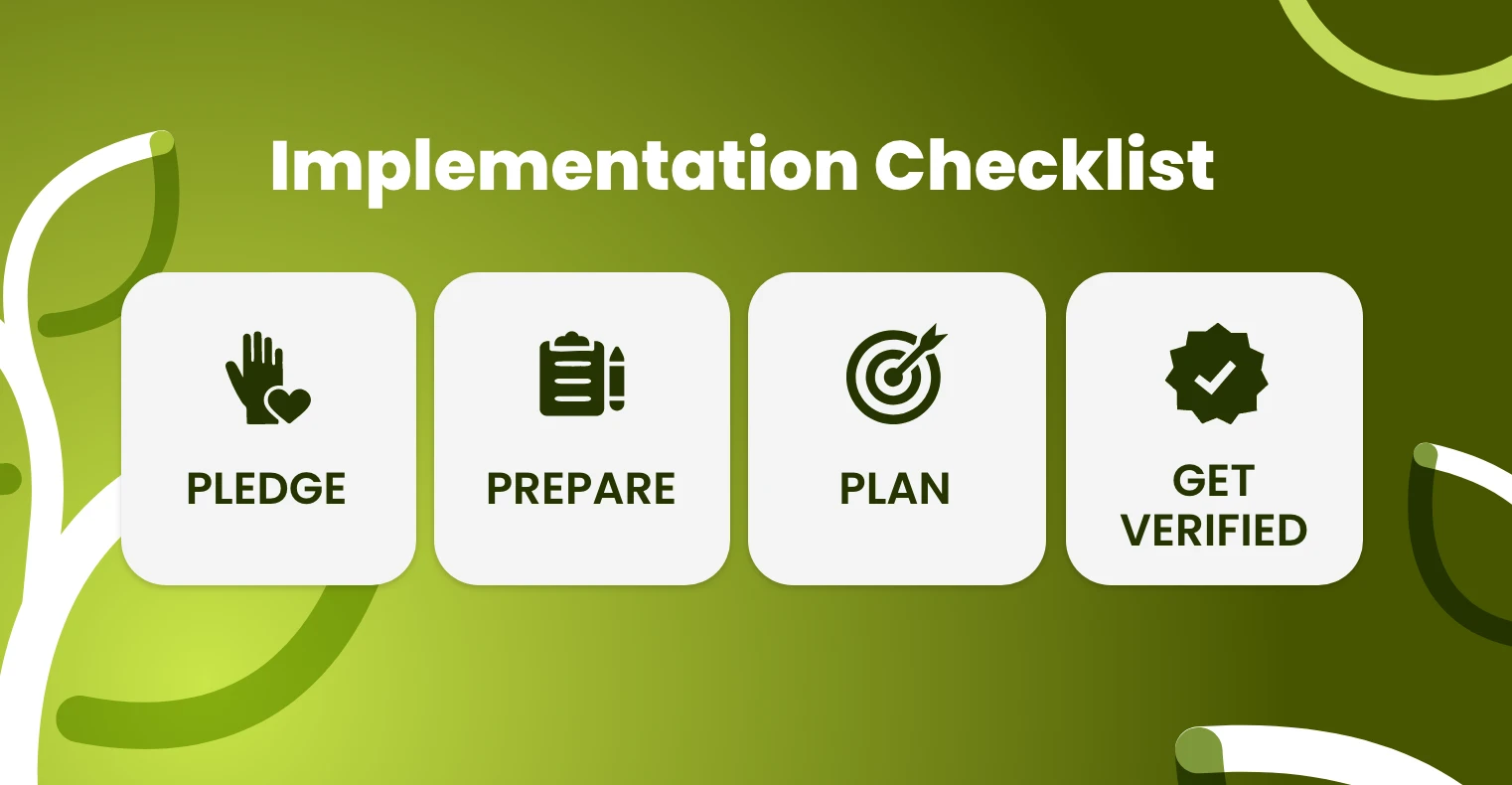
While net zero commitments are gaining traction, credibility still depends on clear standards and measurable action. The UN High-Level Expert Group (HLEG) laid out a detailed framework to guarantee that businesses, financial institutions, and cities deliver on their pledges. The checklist breaks down into four critical phases:
- Pledge: Publicly commit to cutting emissions and cover all operations of the three scopes, follow robust methodologies, and include milestones for 2025, 2030, and 2035.
- Prepare: Lay the groundwork for delivery. Within a year of pledging, set science-based targets for all greenhouse gases, cut methane, and treat carbon credits as a last resort. Align policies, investments, and advocacy with climate goals, while backing a just transition for people and nature.
- Plan: Build a transition strategy, update it every five years, and review progress annually, detailing emissions cuts, capital shifts, supply chain action, and fair workforce changes. Show how fossil fuels will be replaced without leaving financial or social fallout.
- Get verified: Be transparent and accountable. Report emissions, targets, and progress annually in a standard format and backed by third-party verification and internal checks to avoid greenwashing.
Net Zero Targets and Frameworks: How to Turn Commitments into Action
To guarantee credibility, pledges must be backed by clear, actionable plans and regular progress updates. In the corporate sector, the Science-Based Targets initiative (SBTi) has emerged as a key framework for companies to align their net zero strategies and efforts with the latest climate science. Governments also need to create strong policies that push for emissions reductions, such as carbon pricing, emissions regulations, and subsidies for clean energy.
To guarantee accountability, companies need to disclose their performance and progress toward the targets and goals identified. Adhering to sustainability and ESG standards and reporting frameworks does just that, helping turn pledges into proof.
Net Zero Initiative (NZI)
Developed by Carbone 4, an independent firm of climate experts, the framework offers a structured approach for organisations to contribute to global net zero goals. Its three pillars are reducing direct and indirect emissions (Scope 1 & Scope 2), promoting emission reductions in value chains (Scope 3), and developing carbon sinks through sequestration projects.
Global Reporting Initiative (GRI)
It offers standards for sustainability reporting, allowing organisations to disclose their ESG impacts. About 90% of companies that engage in sustainability reporting utilise the GRI standards.
UK Green Building Council (UKGBC)
The council’s Net Zero Carbon Buildings Framework provides guidelines for achieving zero carbon in construction and operations. It advocates for a ‘reduction first’ approach and supports the development of the UK Net Zero Carbon Buildings Standard, which had a revised version published in April 2025.
From PAS 2060 to ISO 14068-1
PAS 2060 was widely used to certify carbon neutrality. The BSI Group recently phased it out in 2025 in favour of ISO 14068-1. This new global standard provides guidance on the measurement and reduction of direct and indirect GHG emissions, improving consistency across industries for a clearer approach to reach net zero.
ISO 14000 Series
The ISO 14000 series supports companies in managing environmental performance through structured planning and review. With standards like ISO 140001 for environmental management systems and ISO 14007 for cost-benefit analysis, the suite helps integrate climate goals for zero-carbon strategy while boosting transparency.
Net Zero Strategies: How to Achieve Net Zero Emissions
Getting to net zero requires reducing emissions, switching to clean energy, and removing excess carbon from the atmosphere. But as to how to get to net zero effectively, the focus should not only be towards reduction and removals, but also about transforming how businesses operate, report, and scale decarbonisation solutions.
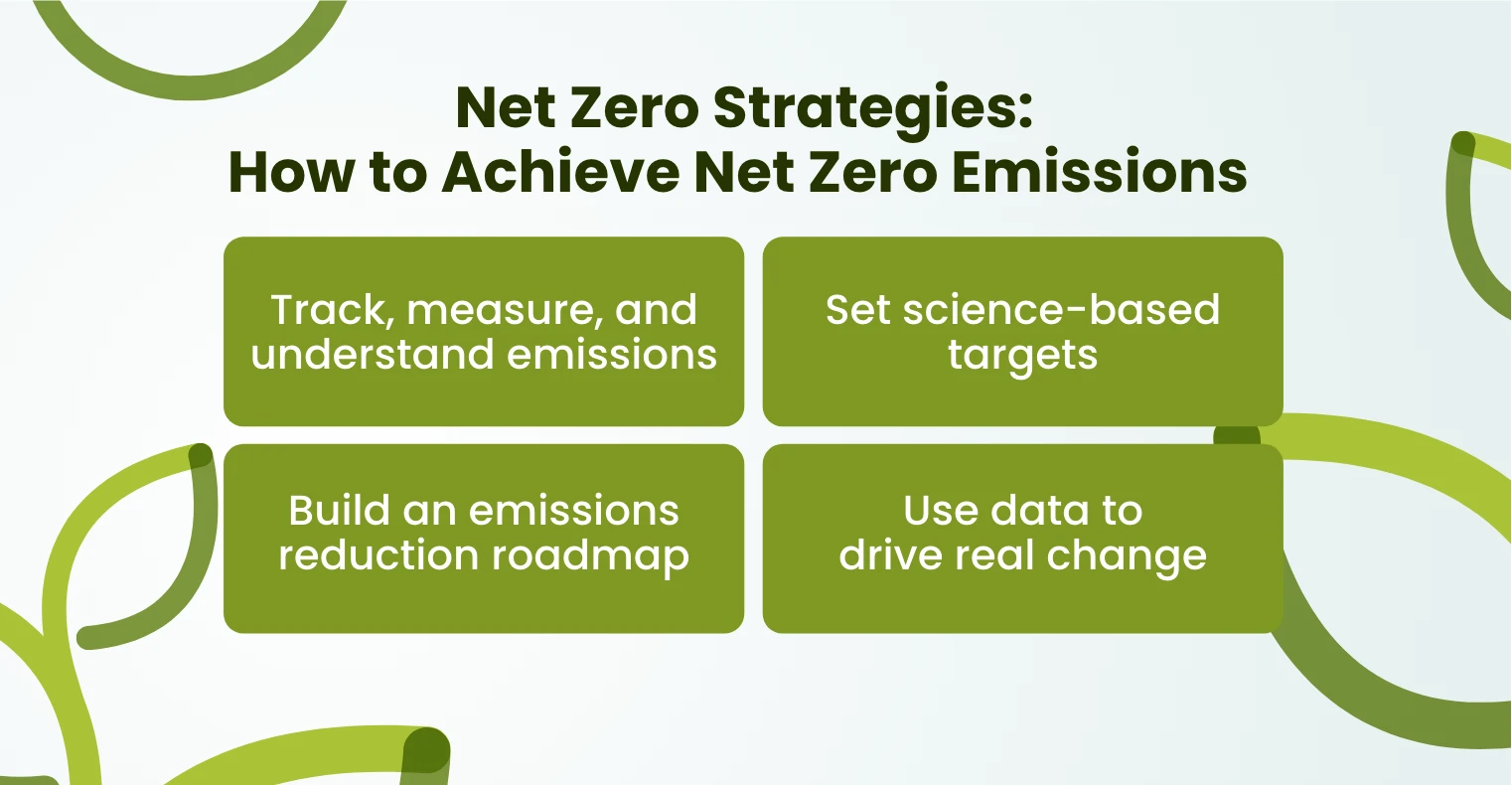
Track, measure, and understand emissions
The first net zero strategy starts with knowing what you’re working with. This means getting clear on your emissions baseline and actual data. Companies need to measure their GHG emissions across the three scopes, especially with Scope 3, which often makes up over 70% of total emissions. It’s a major data challenge, spread across suppliers, operations, and customer behaviour, but an effective baseline and progress data to monitor and be accountable for.
Set science-based targets
According to the SBTi’s Corporate Net-Zero Standard, businesses must cut emissions by at least 90% to align with the global net zero standards. That means aiming for decarbonisation, such as fully transitioning to renewable energy by 2030, electrifying transportation, and phasing out fossil fuels.
Build an emissions reduction roadmap
A net zero plan needs structure. Developing detailed decarbonisation plans and laying out a time-bound roadmap helps businesses track milestones, prioritise actions, and align internal teams and budgets toward the net zero journey.
Use data to drive real change
ESG data does not stop with simple paperwork and documentation. What sets leaders apart is having verified, traceable, and scalable emissions data to show progress, not just intent. By adopting sustainability practices and complying with ESG reporting frameworks, stakeholders are also informed and involved in efforts aligned with global regulations.
The Oxford Principles for Net Zero Aligned Carbon Offsetting
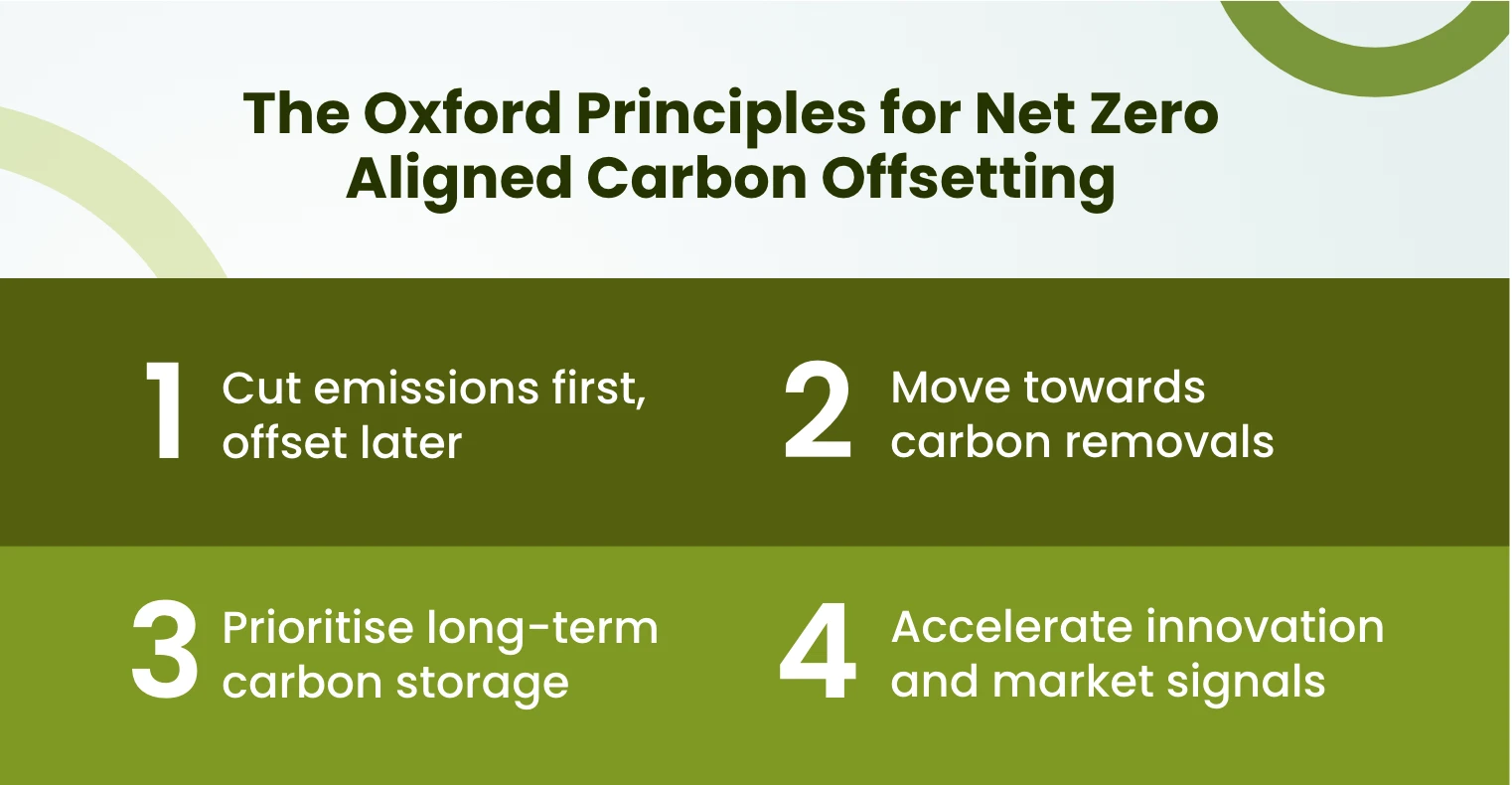
Building on these strategies, the Oxford Principles for Net Zero Aligned Carbon Offsetting offer a deeper approach to guide companies, cities, and regions to align their offsetting practices with global climate goals. Introduced in 2020 and updated in 2024, these four principles were developed by University of Oxford experts and researchers in response to the urgent need for credible and effective offsetting approaches.
Cut emissions first, offset later
The foundation of any net zero plan and the fastest way at that is to stop emissions at the source. Proven technologies, smarter low-emission procurement, and lifecycle accountability make it easier to reduce the footprint.
Move towards carbon removals
Most carbon credits today fund the avoidance of emissions and not the actual removal. To hit global net zero, residual emissions must be removed and organisations must scale their investments in carbon removal projects, aligned to their forecasted residuals.
Prioritise long-term carbon storage
Short-term biological storage faces risks from fire, deforestation, or climate shifts. Although costly and limited, geological storage like mineralisation and deep injection locks carbon for centuries and keeps it away from the atmosphere. High-integrity projects must include monitoring and risk buffers to protect these storage systems.
Accelerate innovation and market signals
The market for removals is still underdeveloped. Organisations should use their capital and influence to support sustainable investments and create demand and partnerships for removal solutions.
Examples of Net Zero Companies
Leading companies show sustainability successes as they progress with their net zero targets. Here are three major companies with their net zero strategies:
- Microsoft: It is committed to becoming carbon negative by 2030, and removing all historical emissions from 1975 by 2050, making it the first major company to commit to erasing its entire environmental footprint. To get there, the company combines deep emission cuts of all three scopes with investments in advanced carbon removal solutions.
- General Motors: The automobile company is targeting carbon neutrality by 2040, with key efforts focused on electrifying its vehicle lineup and cutting operational emissions. It will eliminate tailpipe emissions from new light-duty vehicles by 2035, power all U.S. facilities with renewable energy by 2025, and reach full global renewable energy by 2035.
- Unilever: It plans to reach net zero emissions across its operations and supply chain by 2039. It is taking a phased approach, cutting direct and energy-related emissions by 70% by 2025 and then fully eliminating them by 2030, compared to 2015 levels. The company also targets a 50% cut in emissions per consumer use across its product lifecycle by 2030, prioritising deep cuts over carbon offsets.
Transform Net Zero Targets to Milestones with Convene ESG
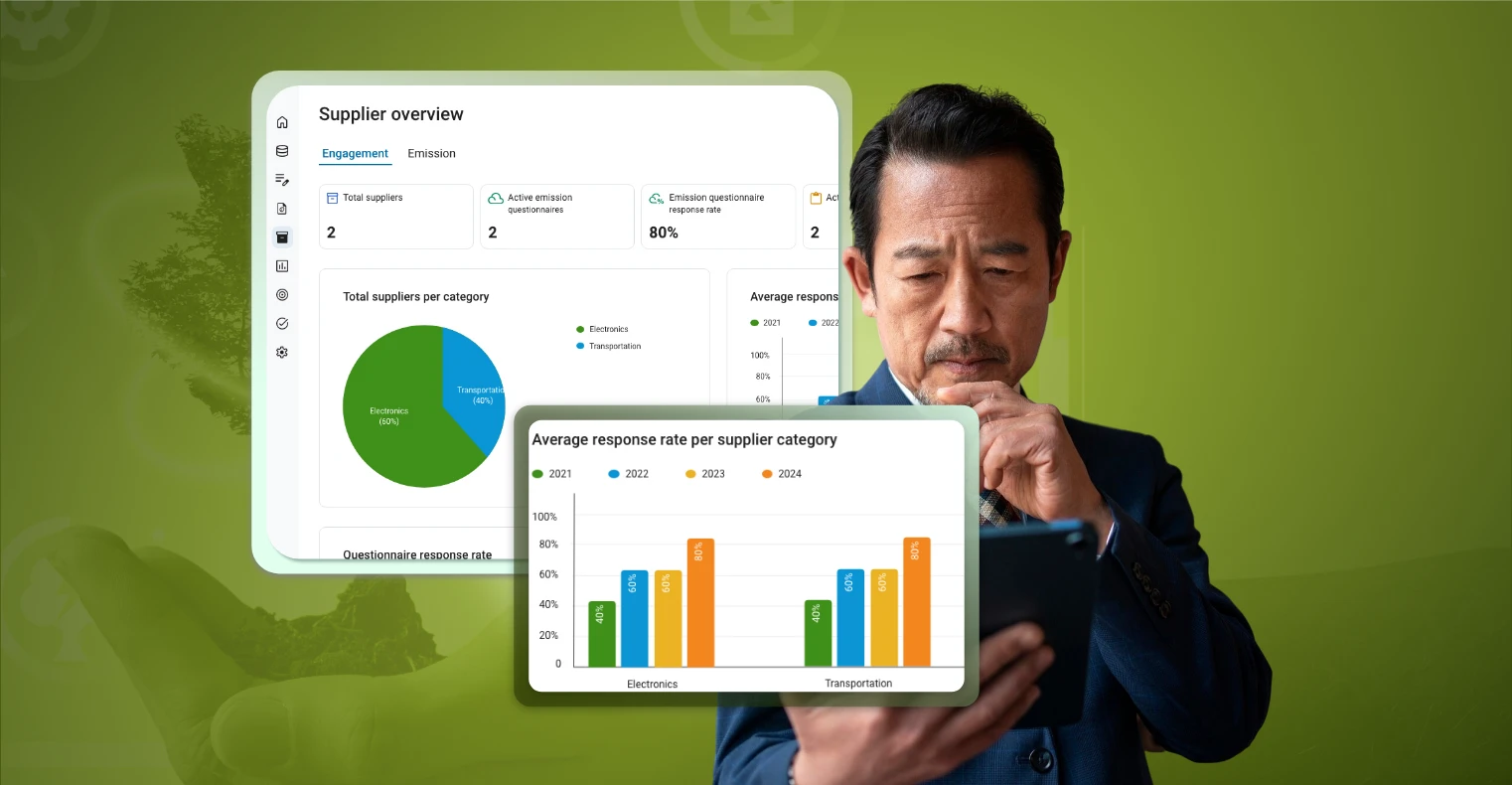
Turning climate pledges into real-world impact takes more than good intentions and a strong net zero strategy. Companies need the right tools or, simply, the right ESG software, requiring transparency, innovation, and smart systems.
Convene ESG brings all three together in a single platform that helps businesses measure impact, report progress, and push for sustainable change. The ESG reporting software makes your transition to net zero measurable, manageable, and highly effective. It automates emissions tracking across Scopes 1, 2, and 3 and aligns with global frameworks, helping you stay on track with science-based targets. From planning to execution, Convene ESG provides you with the advanced tools and insights needed to move quickly and report accurately.
Pat is a Content Writer, focusing on informative and purposeful content for Convene ESG. She has written for sustainable living and art exhibitions, and took part in research and communication projects linked to the UN's Sustainable Development Goals, further diving her into sustainability and ESG values. Outside of marketing and content, she explores new subjects in film, drawing, and occasional overthinking.


